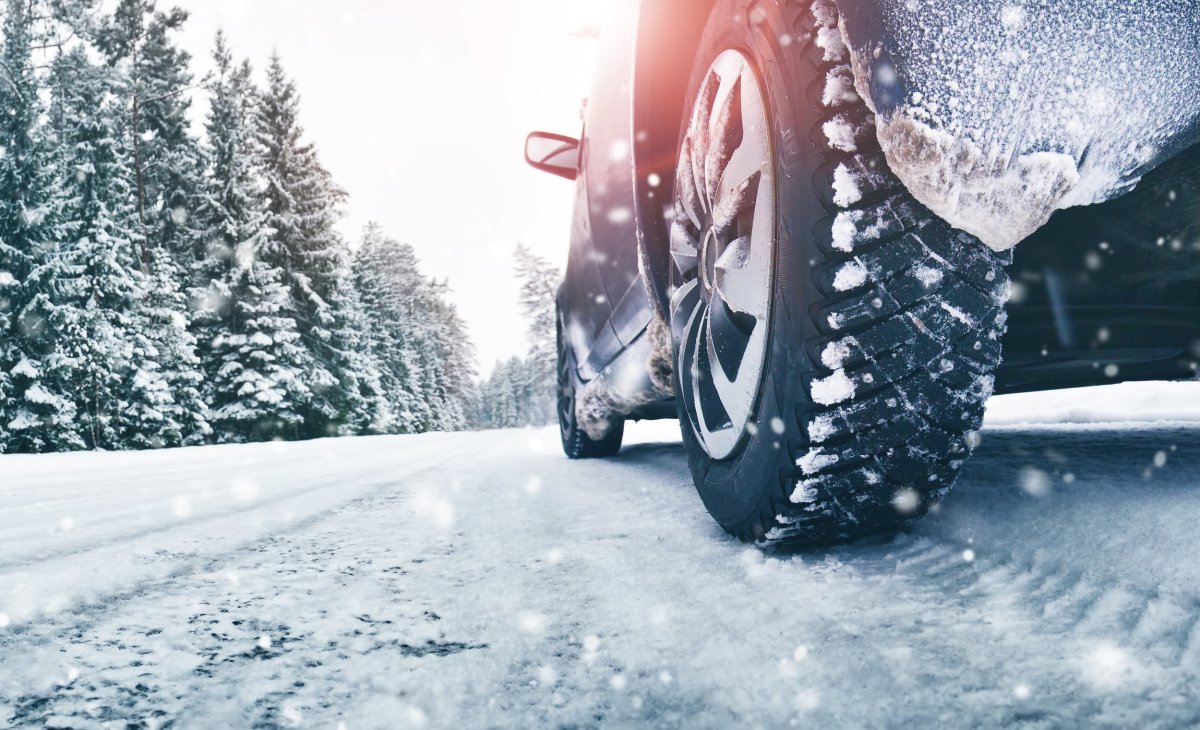A severe ice storm is headed for the Southern and Central United States in the coming days.
Coming from Texas, the storm will move into Oklahoma, Arkansas, Tennessee, Kentucky and West Virginia. Affected states will see an influx of sleet, snow and ice over the next few days. The storm is expected to be "extensive and dangerous," the National Weather Service (NWS) said in an update posted to Twitter.
In Texas, freezing rain began falling on Monday and is expected to continue through Tuesday. Major cities like Dallas and Austin can expect up to half an inch of ice on roads and other exposed surfaces. Ice will continue to build up on Wednesday.
Here's the #weather snapshot for #Tuesday:
— National Weather Service (@NWS) January 30, 2023
- The lead story will be the extensive and dangerous ice event with some sleet from Texas to the Tennessee and Lower Ohio Valleys
- A potent system in the Southwest will produce cold rain showers, perhaps a thunderstorm and mountain snow pic.twitter.com/Pzd13Iq4Ea
Arkansas also saw freezing conditions on Monday. Freezing rain also swept into Kentucky overnight. From here, the storm will move into Tennessee. Ice storm warnings remain in place for the states over the next two days.

What Is an Ice Storm?
An ice storm is a cold weather event that results in at least 0.25 inches of ice settling on exposed surfaces, according to the NWS. The storms are not necessarily violent, but the ice accumulation can cause extremely hazardous conditions.
Ice storms can occur when there are three layers of the atmosphere at different templates. This means the upper layer is cold enough to create snow, but the middle layer is slightly warmer, which means the ice turns to water, creating rain. The lower layer tends to be cold, which turns this water into icy rain. Once this rain settles on the ground, it freezes on surfaces.
This heavy accumulation of ice is capable of bringing down trees and utility poles, the NWS says on its website. It can also disrupt communications and cut off power for days at a time.
Ice storms will severely disrupt travel and cause black ice on many busy roads, increasing the likelihood of traffic accidents. The NWS calls black ice a "deadly driving hazard" because it is not always visible to drivers.
An ice storm may also cause flooding in some areas. This is because rivers and other bodies of water may freeze, and chunks of ice can cause jams in water systems. These act as a temporary dam, meaning that when the ice melts the water will overflow and create flooding.
There are particular concerns surrounding the storm in Texas. Meteorologists point to the state's power grid, which suffered a severe failure in 2021 because of winter storms. In many parts of the state, the storms caused blackouts for millions of people. The crisis also killed hundreds of people.
Pat Cavlin, a meteorologist at TV station KHOU in Houston, issued a warning on his Twitter page.
"I feel like now is the time to start sounding the alarm on a potentially significant ice storm across much of Central & North #Texas. These are ice accumulations by Wednesday evening. For reference, 0.25" of ice adds 500 pounds of weight to a powerline span," he wrote.
⚠️I feel like now is the time to start sounding the alarm on a potentially significant ice storm across much of Central & North #Texas
— Pat Cavlin (@pcavlin) January 30, 2023
These are ice accumulations by Wednesday evening
For reference, 0.25" of ice adds 500lbs of weight to a powerline span...@KHOU #khou11 #TXwx pic.twitter.com/2Nup22IDCo
This was a result of three severe winter storms in 2021 that battered the state on February 10 to 11, 13 to 17 and 15 to 20. At the moment, the current ice storm is not expected to be nearly as severe and is expected to ease in the latter half of the week.
Although power outages are likely, none have been reported so far.
Staying Safe During an Ice Storm
The NWS is advising all those in affected areas to stay off the roads, if they can, to avoid black ice and other driving hazards.
If you have to drive during the storm, go slowly. If the car starts skidding, slow down and push gently on the brakes.
In a weather forecast on Monday, the NWS said the storm will lead to tree damage and power outages in addition to travel problems. This is because the accumulation of ice could cause tree branches to weigh up to 30 pounds more than they usually do. If these tree limbs break, they can land on power lines, which may cause power outages.
When outside, people should stay clear of any downed power lines, branches and debris that have fallen because of the ice.
In case of a power outage, households in severely affected areas should have a source of emergency heating on hand in case it lasts for several days. This can be a gas fireplace, a wood-burning stove or a normal fireplace. Homeowners should also ensure their home is properly insulated so it does not lose as much heat during an outage. This can be done by covering any sources of drafts, keeping thick curtains over windows and plugging chimneys when they are not in use.
Do you have a tip on a science story that Newsweek should be covering? Do you have a question about ice storms? Let us know via science@newsweek.com.
Uncommon Knowledge
Newsweek is committed to challenging conventional wisdom and finding connections in the search for common ground.
Newsweek is committed to challenging conventional wisdom and finding connections in the search for common ground.
About the writer
Robyn White is a Newsweek Nature Reporter based in London, UK. Her focus is reporting on wildlife, science and the ... Read more
To read how Newsweek uses AI as a newsroom tool, Click here.








